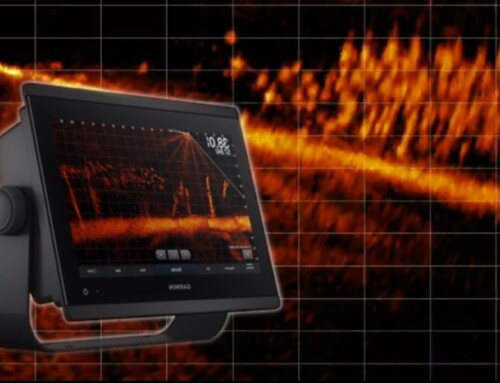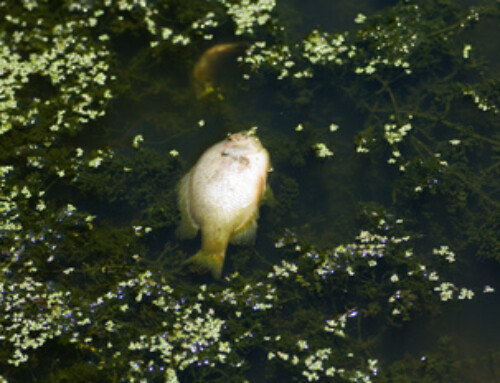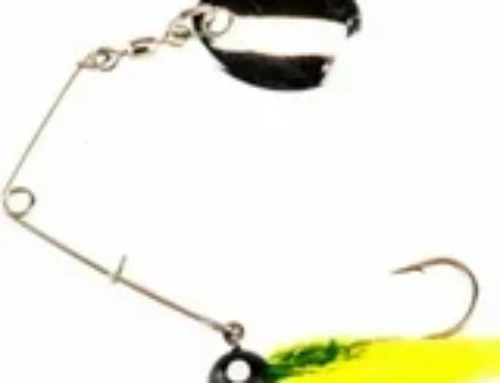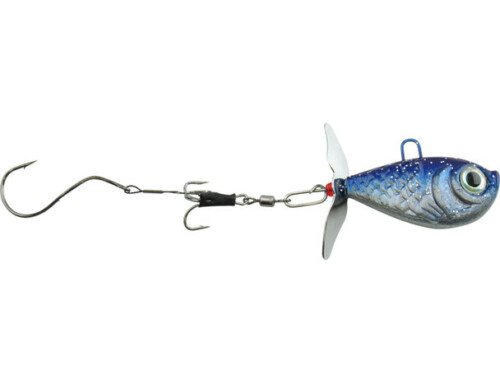Date: June 30, 2023
In the realm of fishing, enthusiasts are constantly seeking innovative techniques to enhance their success and maximize their angling experiences. One such method that has gained popularity among river anglers is the “Slow Death” fishing technique for targeting walleyes. This unique approach combines precise bait presentation with a subtle yet enticing action, enticing these elusive predators and increasing the chances of a successful catch.
The Slow Death technique revolves around the use of specialized hooks, soft plastic worms, and a controlled trolling speed to imitate the movements of a dying baitfish. By utilizing this method, anglers can entice walleyes lurking in river environments, where these prized fish often dwell.
To successfully employ the Slow Death technique, anglers should follow these instructions:
- Tackle Preparation:
- Choose a light to medium-action spinning or baitcasting rod and reel combination, suitable for river fishing.
- Spool your reel with 8 to 10-pound test monofilament or fluorocarbon line, depending on the water conditions and fish size. In dirty water, braid can be used.
- Attach a bottom bouncer weight to your line, typically 1/2 to 2 ounces, depending on the depth and current of the river you’re fishing.
- Rigging the Bait:
- Select a Slow Death hook, which features a unique bend that creates a corkscrew-like motion when threaded with a soft plastic worm.
- Thread a 3 to 4-inch soft plastic worm, preferably in a natural color such as nightcrawler brown or watermelon seed, onto the Slow Death hook. Ensure that the worm is straight and securely threaded onto the hook. I like to pull the bait up slightly above the knot for further effectiveness.
- Trolling Technique:
- Position your boat upstream and let the current carry it downstream, allowing your bait to drift naturally.
- Maintain a slow and steady trolling speed, typically between 0.5 to 1.o mph, to mimic the movement of a dying baitfish.
- Pay close attention to the bottom structure and varying depths of the river, as walleyes often seek shelter and ambush prey in such areas.
- Presentation and Retrieval:
- Cast your baited hook and allow it to sink to the bottom while maintaining tension on the line.
- Begin your retrieve, slowly reeling in the line while imparting a slight twitching action to the bait to simulate an injured fish.
- Periodically pause and vary the speed of your retrieval to trigger strikes from walleyes attracted to the struggling prey.
The Slow Death fishing technique has proven highly effective in enticing walleyes in river environments, particularly during periods of low light or when walleyes are feeding close to the riverbed. However, it is important to remain adaptable and adjust your techniques based on the specific conditions and behavior of the fish.
Anglers who have embraced the Slow Death technique often find themselves rewarded with memorable walleye catches. So, if you’re looking to challenge yourself and improve your river angling game, give the Slow Death technique a try and unlock the potential of landing trophy walleyes in your favorite river.






